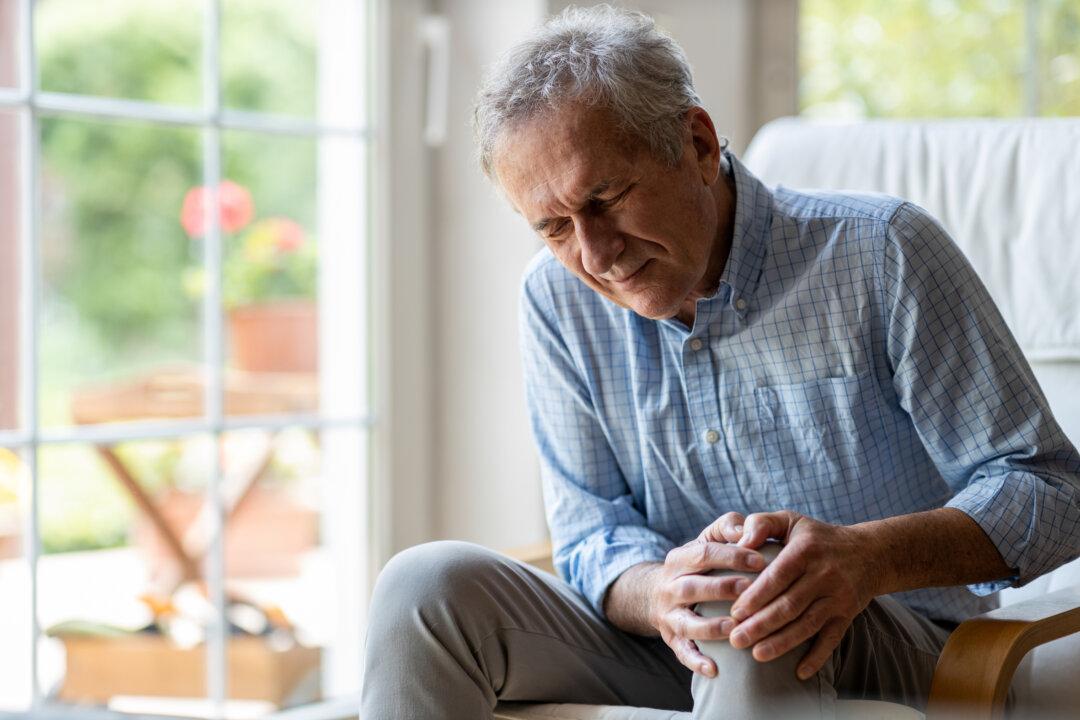Do you get stomachaches after eating? Do you sometimes feel chest tightness, have gas and a turning stomach, and sometimes even nausea or vomiting? Yuen Oi-lin, a registered traditional Chinese medicine (TCM) practitioner in Hong Kong, said on the program “100 Diseases and 100 Cures“ that emotions and eating habits will affect gastrointestinal (GI) health. She also explained that self-healing can be achieved through diet therapy and applying pressure to two acupoints, and stomach pain and other problems can be improved.
Gastrointestinal disorders are common among all walks of life and ethnicities. Chronic abdominal pain is one such condition primarily affected by irritable bowel syndrome (IBS) and inflammatory bowel disease (IBD). About 6 million visits are made to emergency departments in the United States for abdominal pain yearly, though many more are made to primary care clinics.
An Upset Stomach Is the Body’s Warning Signal
Yuen said that the food we eat is first stored in the stomach, then slowly digested through its passage through the large and small intestines. With assistance from the spleen and liver, the nutrients are absorbed and supplied to the rest of the body.She compared the digestive system to an elevator. Normally, food first goes through the GI tract for digestion and absorption. But if the food cannot be digested in the stomach, it will come back up, causing food reflux.
Food reflux can overwork the stomach. If it becomes overworked too often, it will lead to nausea, which is your body sending out a warning.
How to Distinguish Stomach Pain from Myocardial Infarction and Angina Pectoris
Yuen said that it is easy to confuse stomach pain with heart diseases such as myocardial infarction and angina pectoris because the warning signs of these two types of diseases both appear in the sternum area. However, there are differences between the two.If you feel numbness in your left hand, chest pain, cold sweat, or even shock in severe cases, this is usually due to heart disease such as myocardial infarction, and the duration is relatively short. Stomach pain has a longer duration, generally lasting more than half an hour.
2 Foods and Good Habits That Relieve Abdominal Pain
It is very important for people with persistent stomachaches, especially chronic stomach disease, to learn to self-regulate.Yuen first suggested dietary therapy, such as cooking porridge with Chinese yam or boiling it with water for tea. You can use either fresh or dried Chinese yams. Chinese yam invigorates the spleen, which is good for promoting digestion and improving spleen and stomach function.

Chinese yam. Hello RF Zcool/Shutterstock
In addition, hawthorn can also be used for a similar dietary therapy. Hawthorn can eliminate stagnation (help the stomach and intestines to digest). Putting hawthorn into porridge or tea is also effective.

Dried slices of hawthorn. Emily Lil/Shutterstock
It’s also vital to have good eating habits. Yuen recommends that people suffering from stomach pains and acidic stomachs not overeat or eat too fast. Try not to talk when eating, either, and do avoid fried or spicy food. These are both hard on the stomach.
In addition, eating irregularly will also harm the GI tract. For example, Yuen said that eating late-night snacks is actually like eating another meal, so it’s equivalent to overeating. Also, going to bed immediately after eating does not align with the human biological clock and thus not good for health.
Emotions Affect Organs, Stay Optimistic and Peaceful
Yuen said that people’s emotions will affect the corresponding organs, and excessive emotions can lead to health conditions. TCM believes there are seven emotions: joy, anger, worry, overthinking, sadness, fear, and shock which correspond to the five internal organs: heart, liver, spleen, lung, and kidneys.The following is a list of the organs and their governing emotions:
- Heart governs happiness: Overjoy will hurt it.
- Liver governs anger: Excessive anger will hurt it.
- Spleen governs thinking: Overthinking will hurt it.
- Lungs govern worry and sadness: Too much of either of these will hurt the lungs.
- Kidneys govern fear and shock: Too much of either of these will hurt the kidneys.
Massage 2 Acupoints for Improved GI Health
TCM has long posited that the human body has a meridian system, a channel for energy movement, and the internal organs are connected to various parts of the body through these meridians. Some points on the meridians that have special functions are called acupoints. Stimulating the corresponding acupoints through acupuncture or massage can treat diseases of the corresponding viscera.Yuen said that regularly massaging the Hegu and Zusanli acupoints can strengthen the spleen and stomach, improve the digestive system’s function, relieve pain, and promote the body’s self-healing mechanisms.
Hegu is located between the first and second metacarpal bones on the back of the hand, approximately at the midpoint of the radial side of the second metacarpal bone.

The Hegu acupoint. The Epoch Times
The Zusanli acupoint is on the outside of the calf, four fingers below the outer knee, and one finger’s width from the front edge of the tibia. When you place the palm of your right hand on the knee of the bent left leg, the middle finger will be roughly in line with the middle leg bone. The part your index fingertip is pressing on is the Zusanli.

The Zusanli acupoint. The Epoch Times




